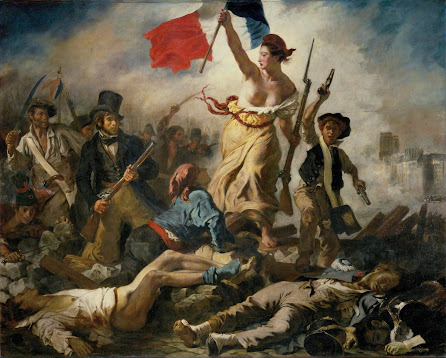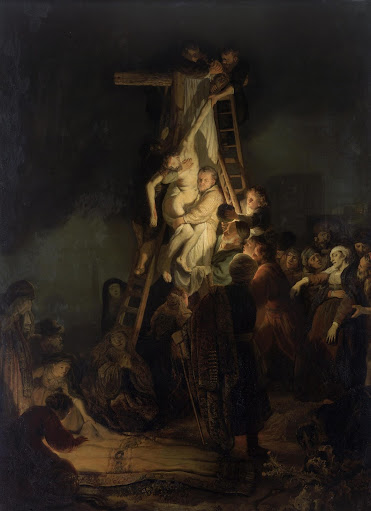Golden Gashes Glitter Brighter than Perfection in Porcelain

Life is one hard knock after another. Every challenge we face chips and batters us just a little bit more every time, and sometimes breaks begin to form. However, the healing and acceptance of these breaks help make us better and realize ourselves. This philosophy is beautifully represented by the Japanese art form known as Kintsugi. Drunken Clarity , Sean Cordeiro & Claire Healy, 2011, New South Whales Hori Mishima Tea Bowl, Late 16th Century, Korea Mishima Ware Hakeme-Type Tea Bowl, 16th Century, Korea Kintsugi is the Japanese art of repairing broken pottery with lacquer, usually dusted with gold. The art intends to highlight the history of the object, treating breaks and chips as something to wear with pride rather than something to repair and hide. The exact origin of Kintsugi is debated, however, one of the more widely accepted origins for the art form is a story from the 15th century, where shogun Ashikaga Yoshima...





